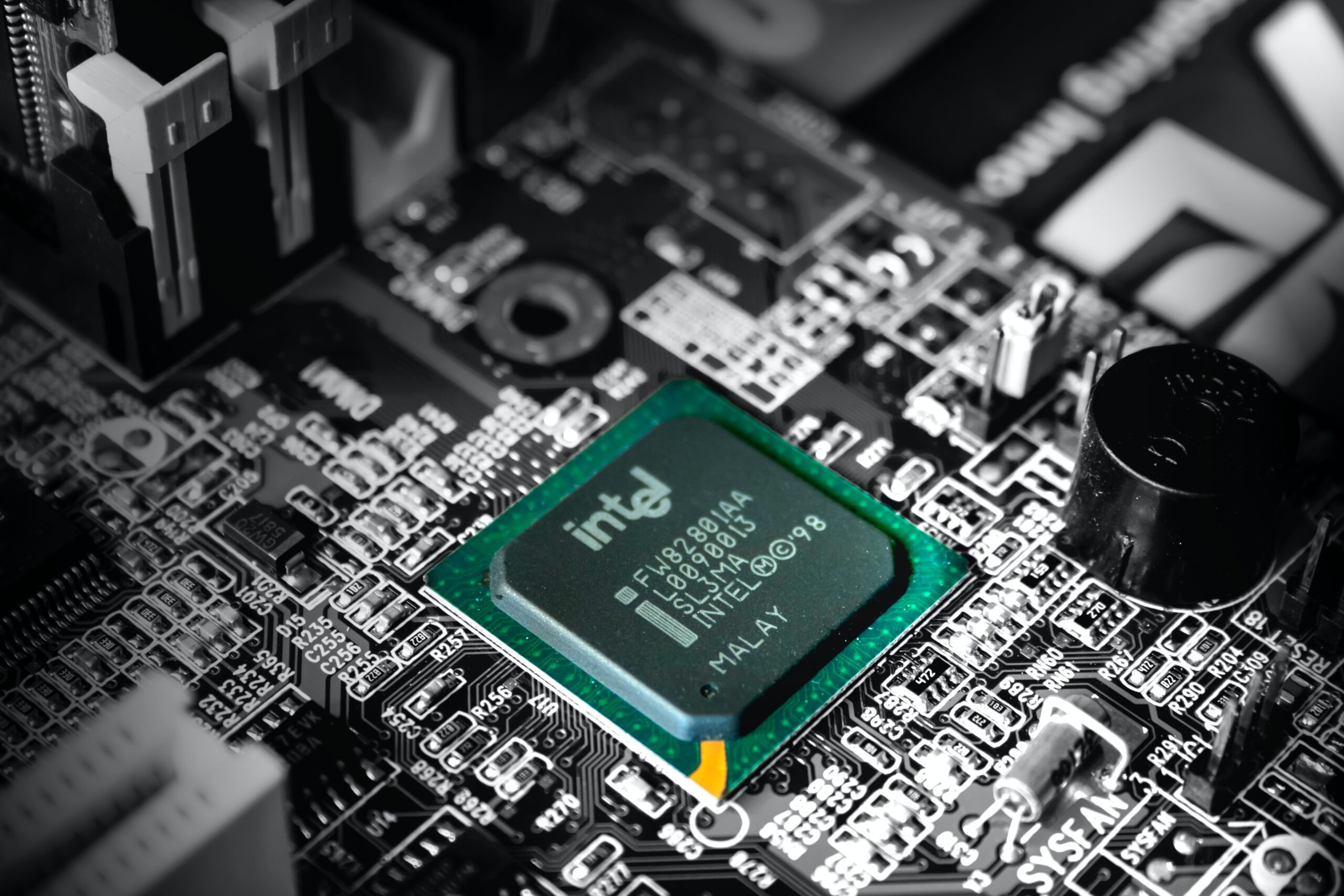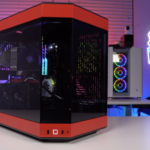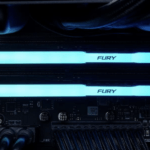Motherboards Equipped with Wi-Fi 7 Set to Debut
Intel has discreetly launched its inaugural consumer Wi-Fi 7 products, namely the Wi-Fi 7 BE200 and Wi-Fi 7 BE202. Motherboards featuring the BE200 controller, set to hit the market soon, will precede the full approval of the Wi-Fi standard by the IEEE, expected sometime in 2024. This release coincides with Intel’s unveiling of its 14th Gen CPUs.
Intel’s Ark site lists the BE200 as ‘Wi-Fi 7 Pre-certified,’ a detail TechPowerUp has reported. This chipset boasts a remarkable maximum speed of 5Gbps, supports 2×2 TX/RX streams and is compatible with 2.4GHz, 5GHz, and 6GHz bands. For context, Intel’s AX211 Wi-Fi 6E controller reaches a maximum of 2.4Gbps.
The specifics of the BE202 remain sparse. The company has not yet disclosed the speed and intended device application of the BE200.
The BE200 will be featured in the Gigabyte Aorus Z790 Master X, and other motherboards are expected to follow suit. Intel showcased an Asus motherboard with a BE200 controller at Computex. Similarly, MSI and Asrock presented updated Z790 boards at the same event, hinting at the possible inclusion of the BE200 controller in some of their models. However, many are likely to incorporate Qualcomm and Mediatek Wi-Fi 7 controllers as well.
Wi-Fi 7 boasts an impressive maximum aggregated throughput of over 40 Gbit/s, potentially overshadowing wired Ethernet connections, although real-world speeds may vary. Furthermore, beyond just speed, engineers have designed Wi-Fi 7 to handle multiple simultaneous connections more effectively. A key feature, Multi-Link Operation (MLO), intelligently allocates different channels and frequencies. This ensures superior performance with reduced latency and interference, enhancing the overall user experience.
Mirroring Wi-Fi 6E, Wi-Fi 7 supports MU-MIMO (Multi-User Multiple-Input Multiple-Output) and OFDMA (Orthogonal Frequency-Division Multiple Access). These technologies significantly augment throughput via multiple data streams and more efficient channel allocation.
However, an immediate upgrade to Wi-Fi 7 isn’t necessary. This technology will remain relevant for many years. Currently, Wi-Fi 6E routers, especially those offering high bandwidth, command premium prices.Similarly, top-tier Wi-Fi 7 routers will likely maintain a high cost.
If you’re interested in exploring the capabilities of Wi-Fi 7 and considering a test of its revolutionary speed and connectivity, be sure to read our detailed article. It provides insightful guidance on how to evaluate and experience the full potential of Intel’s latest Wi-Fi 7 technology






[…] you’re interested in exploring the capabilities of Wi-Fi 7 and considering a test of its revolutionary speed and connectivity, be sure to read our detailed article. It provides insightful guidance on how to […]